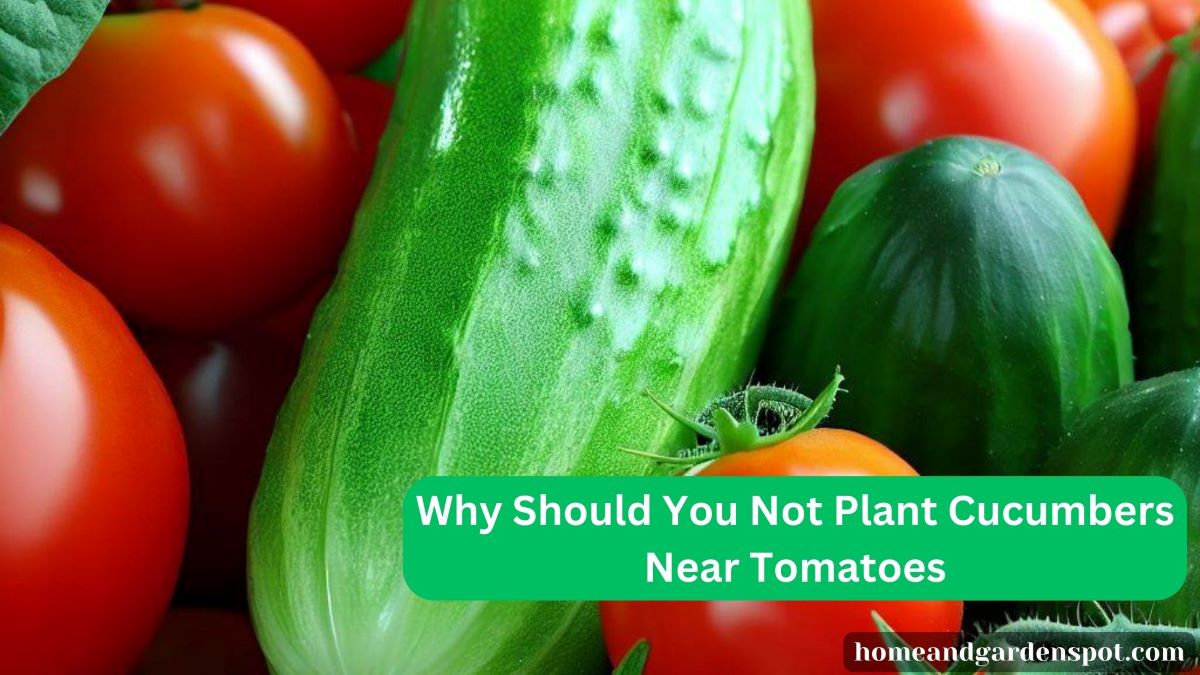As a gardener, success in gardening hinges on your ability to discern which plants make good neighbors and which don’t. Cucumbers and tomatoes are plants that don’t make good neighbors, and you shouldn’t plant them together. Why?
From my experience, planting cucumbers near tomatoes can lead to overcrowding and poor air circulation, which makes them susceptible to diseases like powdery mildew. Instead of placing them together, be careful and intentional with the spacing to mitigate disease risks and optimize yields.
In this blog post, I will discuss reasons cucumbers and tomatoes don’t make good neighbors, the alternatives to plant alongside cucumbers, and answer some burning questions.
Is It OK to Plant Tomatoes Next to Cucumbers?
No, planting tomatoes next to cucumbers will increase the risk of issues like fungal infections and pest infestations due to their susceptibility to similar diseases and pests; also, when you plant these two crops together, there will be a clash of interests as they have different growth habits and needs. Tomatoes tend to grow upright and tall, requiring support structures, while cucumbers have a sprawling and vining nature.
Therefore, giving each crop its dedicated space in the garden is advisable to ensure healthier growth and better yields.

How Close to Plant Cucumbers and Tomatoes?
When planting cucumbers and tomatoes, it’s best to plant them at least 18 inches apart in rows to give them enough room to grow. This spacing ensures both crops have ample access to sunlight and air circulation and reduces the risk of overcrowding and resource competition.
However, from my experience, the spacing may vary depending on the variety of cucumbers and tomatoes you’re planting, so I recommend you check the seed packet or plant label for precise spacing guidelines.
18 Reasons You Should Avoid Planting Cucumbers Near Tomatoes
1. Root Competition
Cucumbers and tomatoes have extensive root systems that can compete for space and nutrients in the soil. Planting them too close together can result in stunted growth for both crops as they vie for resources.
2. Prone to Fungal Diseases
Both cucumbers and tomatoes are susceptible to fungal diseases like powdery mildew and blight. When you plant both closely, these diseases can spread more easily between the two plants, potentially devastating your entire crop.
3. Space Constraints
Cucumbers tend to sprawl and require ample space to spread out, while tomatoes grow upward and can become quite tall. Planting them together can lead to overcrowding, shading, reduced air circulation, and unfavorable crop conditions.
4. Fruit Quality
The presence of cucumbers near tomatoes can affect the quality of the tomatoes. Overcrowding can lead to smaller and less flavorful tomatoes, diminishing your tomato crop’s overall yield and taste.
5. Pruning Challenges
Both cucumbers and tomatoes require regular pruning and maintenance. Planting them in proximity can make it challenging to access and prune each plant properly. This will lead to neglected maintenance and then potential disease issues.
6. Harvesting Difficulties
You risk harvesting difficulties when you plant cucumbers and tomatoes too closely together. You will have to maneuver through a tangle of vines and branches, increasing the risk of damaging the plants and their fruits during harvest.
7. Uneven Watering
Cucumbers and tomatoes have different water requirements. Cucumbers prefer consistent moisture, while tomatoes can tolerate drier conditions. Planting them together can lead to uneven watering practices, as you’ll need to find a balance that suits both plants.
8. Increased Maintenance
Managing a garden with cucumbers and tomatoes planted close together may require more time and effort to address the issues that arise from their incompatible growth habits and competing needs.
9. Reduced Air Circulation
Inadequate air circulation can lead to higher humidity levels around the plants, promoting the development of fungal diseases. Planting cucumbers near tomatoes can hinder air circulation, increasing disease risk.
10. Pest Vulnerability
Both cucumbers and tomatoes are susceptible to certain pests. Therefore, when you plant them together, you create a concentrated area for these pests, making it easier for them to infest and damage your crops.
11. Nutrient Depletion
Cucumbers and tomatoes have similar nutrient requirements, particularly regarding essential minerals like potassium and phosphorus. Planting them together can deplete the soil of these nutrients more quickly, leading to soil exhaustion and decreased crop yields over time.
12. Support Structures
Tomatoes often require sturdy support structures, such as cages or stakes, to keep their heavy vines and fruits off the ground. These structures can obstruct cucumbers’ natural growth and sprawling habit, leading to tangled vines and reduced cucumber productivity.
13. Cross-Pollination
While cucumbers and tomatoes are not known for cross-pollination like some other vegetable varieties, there is still a slight risk if they are planted closely together. This can result in undesirable characteristics in the fruits of both plants.
14. Disease Carryover
If you’ve had previous issues with diseases like bacterial wilt or mosaic viruses affecting your cucumbers or tomatoes, planting them close can increase the likelihood of disease carryover from one season to the next.
15. Fertilizer Preferences
Cucumbers tend to prefer slightly different soil pH levels than tomatoes. If you amend your soil to cater to one plant’s pH preference, it may not be ideal for the other, potentially affecting their growth and health.
16. Microclimate Variation
Cucumbers and tomatoes can create microclimates around each other due to differences in their canopy density and growth habits. This can affect temperature and humidity levels, potentially making the environment less than ideal for both plants.
17. Limited Crop Rotation
Planting cucumbers and tomatoes in the same spot year after year can limit your ability to practice proper crop rotation, which helps prevent soil depletion and disease buildup.
18. Aesthetic Considerations
Cucumbers and tomatoes may have different growth rates and forms, creating an aesthetically unpleasing garden appearance when planted together.
6 Benefits of Not Planting Cucumbers and Tomatoes Together
Here are the benefits of planting cucumbers and tomatoes apart:
1. Optimal Growth Space
When you plant cucumbers and tomatoes apart, you give each plant space to stretch and grow. Just like people need room to move comfortably, these plants thrive with ample space for their roots and foliage. It means they can soak up more sunlight, access nutrients, and grow healthier, which is the only way to get abundant and flavorful produce.
2. Reduced Competition
Imagine being in a crowded room, all vying for the same resources; it can get stressful. Similarly, when cucumbers and tomatoes are too close, they compete for water, nutrients, and sunlight. Planting them apart alleviates this competition and allows each plant to flourish without the stress of resource shortages.
3. Better Air Circulation
When cucumbers and tomatoes are spaced apart, airflow is improved between them. This keeps the leaves dry (reducing the risk of fungal diseases) and helps with pollination. It’s like giving them a breath of fresh air to thrive in.
4. Disease Prevention
Just like humans can catch a cold from close contact, plants can catch diseases from their neighbors. Separating cucumbers and tomatoes reduces the risk of disease transmission, as many plant diseases can spread more easily when plants are crowded together. As a gardener trying to keep your plants healthy, this means fewer headaches for you.
5. Easier Maintenance
Gardening is enjoyable, but it’s also work. When your cucumbers and tomatoes have breathing room, it’s easier to access and care for them. Pruning, weeding, and harvesting become less hassle, making your gardening experience more enjoyable and efficient.
6. Enhanced Aesthetics
A well-spaced garden isn’t just functional; it’s also visually appealing. Each plant can grow and show off its unique beauty without crowding its neighbors to create an inviting and organized garden space.
13 Alternative Plants That Can Be Grown near Cucumbers or Tomatoes
When planting alternatives near cucumbers or tomatoes, you have some great options that complement and benefit each other in the garden. They are the following:
1. Basil
Basil is like the friendly neighbor that both cucumbers and tomatoes adore. It’s known to enhance the flavor of tomatoes when grown nearby and can also help deter certain pests that bother cucumbers.
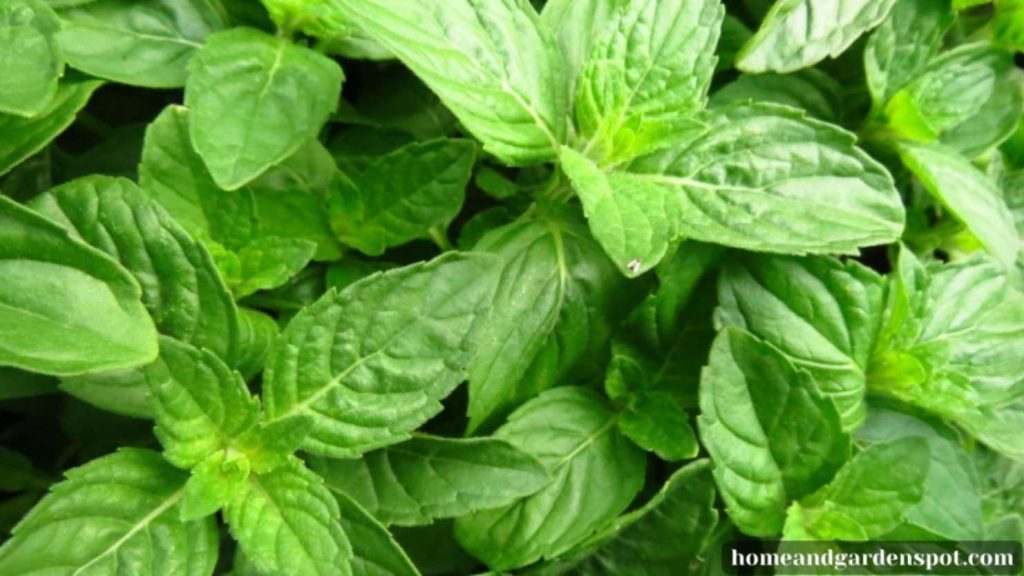
2. Marigolds
These are like the garden bouncers. They’re excellent at keeping unwanted pests away from both cucumbers and tomatoes. Their vibrant flowers add a pop of color to your garden, too.
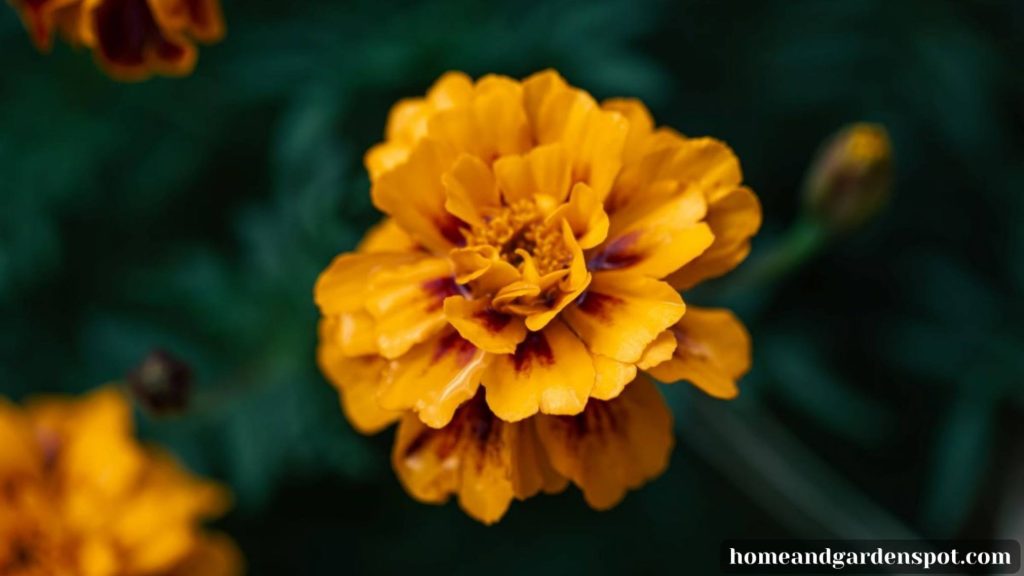
3. Nasturtiums
Nasturtiums act as a barrier plant and help repel aphids, a nuisance for cucumbers and tomatoes. Bonus: Nasturtiums are edible, with peppery leaves and vibrant blossoms that can be used in salads.
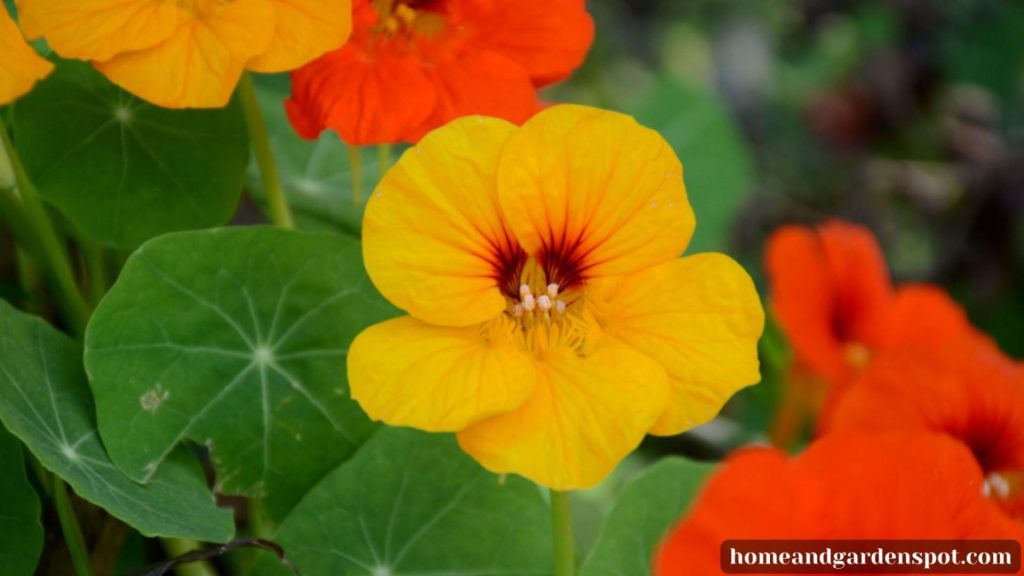
4. Radishes
Radishes grow underground, so they don’t compete for space and sunlight with cucumbers or tomatoes. Plus, they can help break up the soil, making it easier for these other plants to thrive.
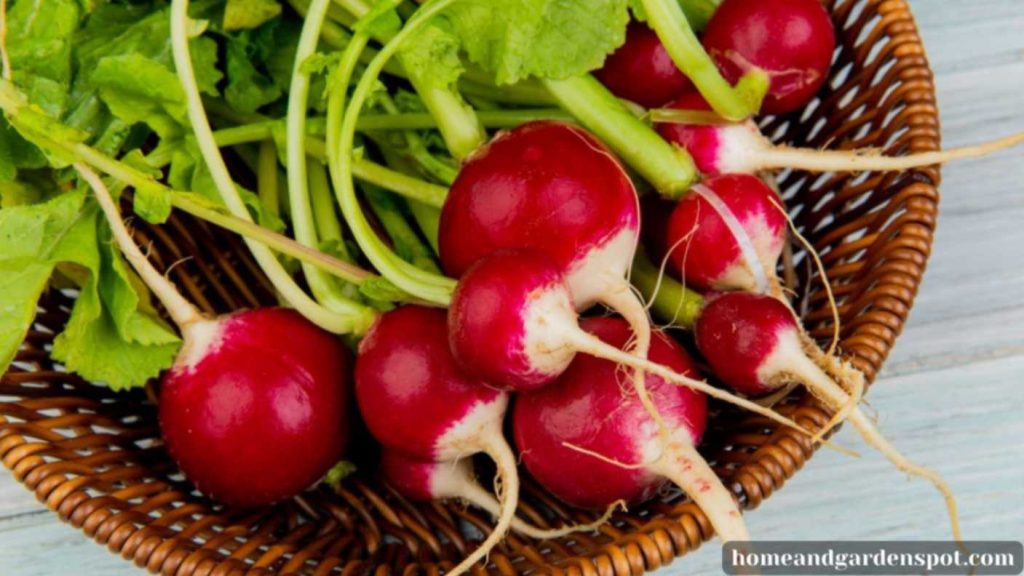
5. Oregano
You can plant Oregano if you want a delightful scent in your garden. Meanwhile, it adds a lovely fragrance to your garden and helps repel pests like aphids that can affect your tomatoes and cucumbers.

6. Chives
These are excellent at deterring aphids and mites, a common headache for cucumbers and tomatoes. Plus, you get tasty chives to use in your cooking
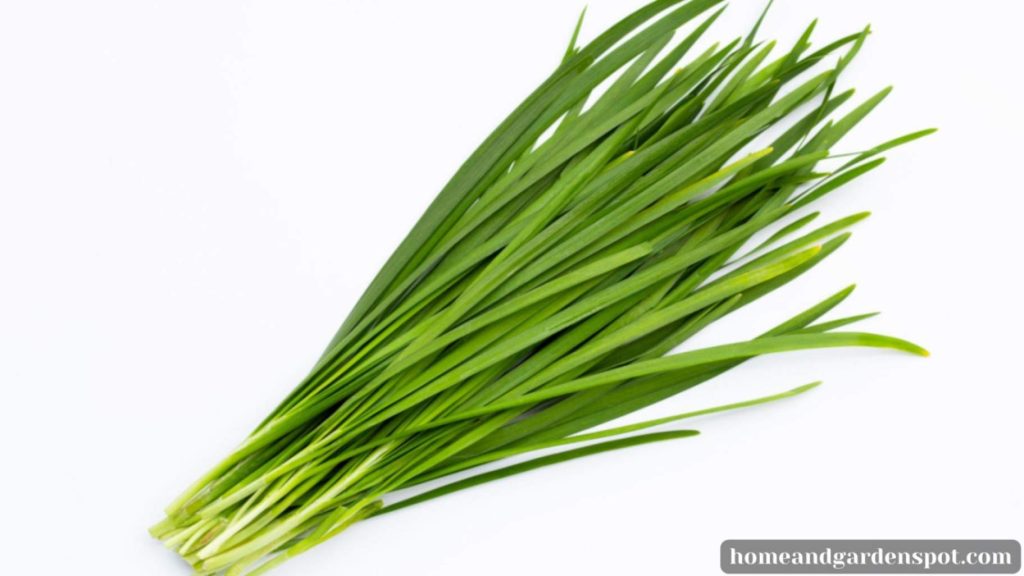
7. Mint
They repel pests like ants and aphids that can bother your cucumber and tomato plants. Plus, you can use fresh mint leaves to make delicious herbal tea or flavor your dishes.
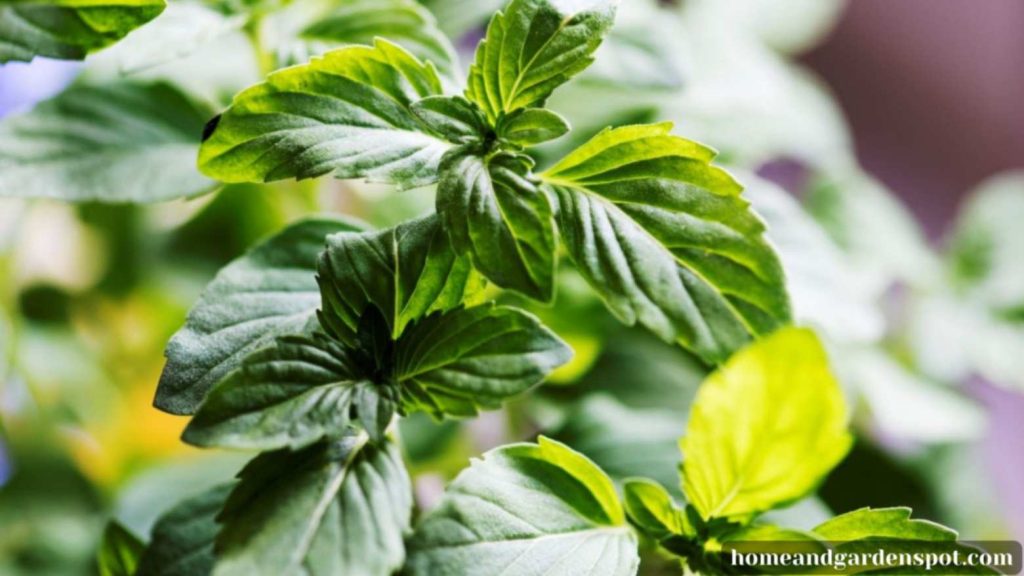
8. Dill
Dill is like the aromatic herb buddy. It attracts beneficial insects like ladybugs and hoverflies and provides shade to the soil around your cucumber and tomato plants, helping retain moisture.
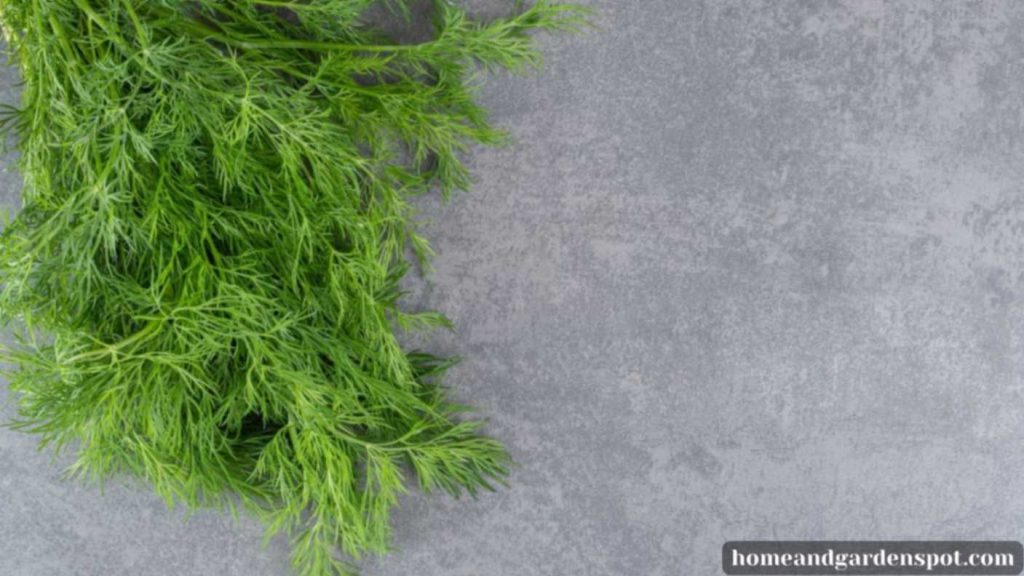
9. Borage
They help attract bees and other pollinators, which can boost the production of cucumbers and tomatoes. It also enriches the soil with nutrients when its leaves decompose.
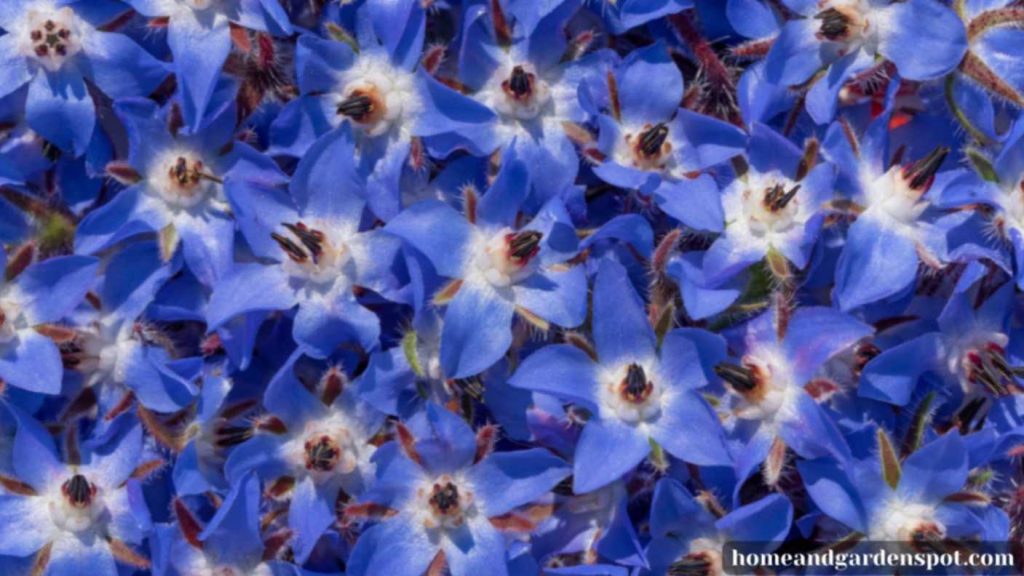
10. Chrysanthemums
Chrysanthemums contain natural insect-repelling compounds that can deter common pests like nematodes and spider mites. Their beautiful flowers add aesthetic appeal to your garden.
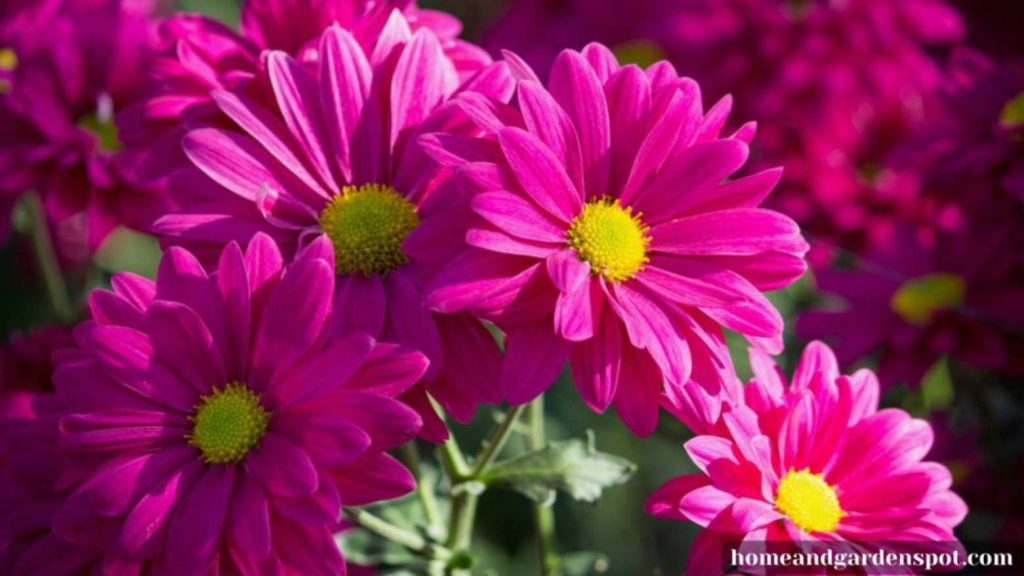
11. Tansy
Tansy is known for repelling various garden pests, including ants and flying insects. However, be cautious as it can be invasive in some regions.
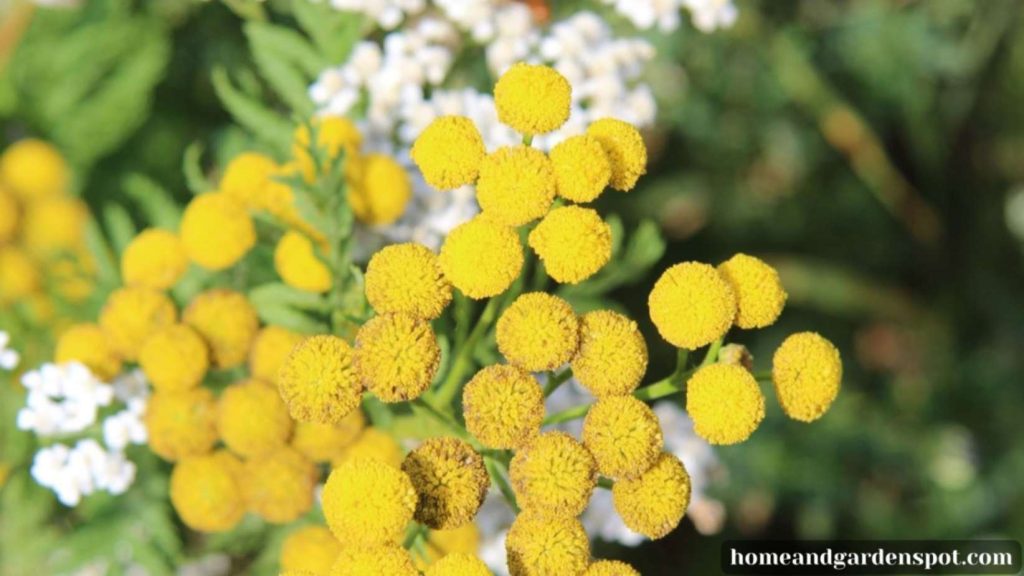
12. Calendula
Calendula’s vibrant orange and yellow flowers attract pollinators and provide a cheerful touch to your garden. It also has properties that can help improve soil quality.
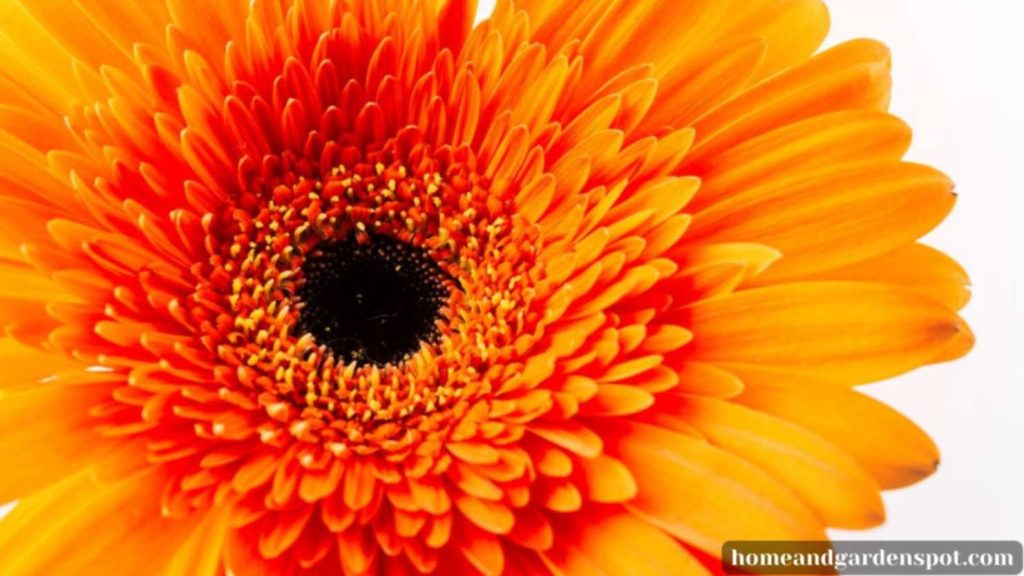
13. Carrots
They grow well alongside tomatoes, as they have different root depths and won’t compete for resources. Plus, you get to enjoy a bountiful harvest of carrots.
8 Other Plants Not to Plant With Cucumbers
Cucumbers are versatile and beneficial garden plants, but certain plants are not recommended to be grown with them for various reasons. Here are some plants to avoid planting near cucumbers:
1. Potatoes
Potatoes and cucumbers both attract common pests like aphids and Colorado potato beetles. Planting them together can create a hotspot for these pests, leading to infestations and potential damage to both crops.
2. Aromatic Herbs
Here is another plant you shouldn’t plant near cucumber. While some herbs are great companions for cucumbers, aromatic herbs like sage and rosemary can inhibit cucumber growth and development due to their allelopathic properties, which can hinder the germination and growth of nearby plants.
3. Sunflowers
Sunflowers can cast significant shade, which cucumbers don’t appreciate. Cucumbers thrive in full sun, so planting them near sunflowers can reduce sunlight and hinder cucumber growth.
4. Melons
You are not to plant cucumbers and melons together as they are close relatives and can share diseases and pests. Planting them too close together can increase the risk of disease transmission and resource competition.
5. Corn
Corn can cast tall shadows and consume a lot of nutrients and water. This will potentially overcrowd your cucumbers and affect their growth.
6. Fennel
Fennel can be a poor companion for cucumbers as it can inhibit their growth due to its allelopathic effects and compete for resources like water and nutrients.
7. Beans
While cucumbers and beans can be planted together in companion planting combinations, growing them too close together can lead to competition for vertical space, potentially stunting both crops’ growth.
8. Cabbage Family (Brassicas)
Plants like broccoli, cabbage, and cauliflower are susceptible to similar pests as cucumbers. Planting them near cucumbers can attract shared pests and increase the risk of infestations.
FAQ
Can Cucumber Blight Spread to Tomatoes?
Yes, cucumber blight can spread to tomatoes if they are planted close. These pathogens can be carried by wind, rain, or garden tools, and when cucumbers and tomatoes are nearby, there’s a higher risk of disease transmission.
How Do You Support Tomatoes and Cucumbers?
For tomatoes, use sturdy stakes or cages to keep their vines upright as they grow. For cucumbers, trellises or vertical supports work well.
Conclusion
Avoid planting cucumbers and tomatoes closely in your garden. And if at all you would, providing adequate spacing is crucial for their healthy growth and overall productivity. A general guideline is to space individual plants 24 to 36 inches apart.
This spacing allows each plant to receive the necessary sunlight, air circulation, and access to nutrients and reduces the risk of overcrowding, competition, and disease.
Adhering to these spacing guidelines can set the stage for a thriving and bountiful garden harvest.
